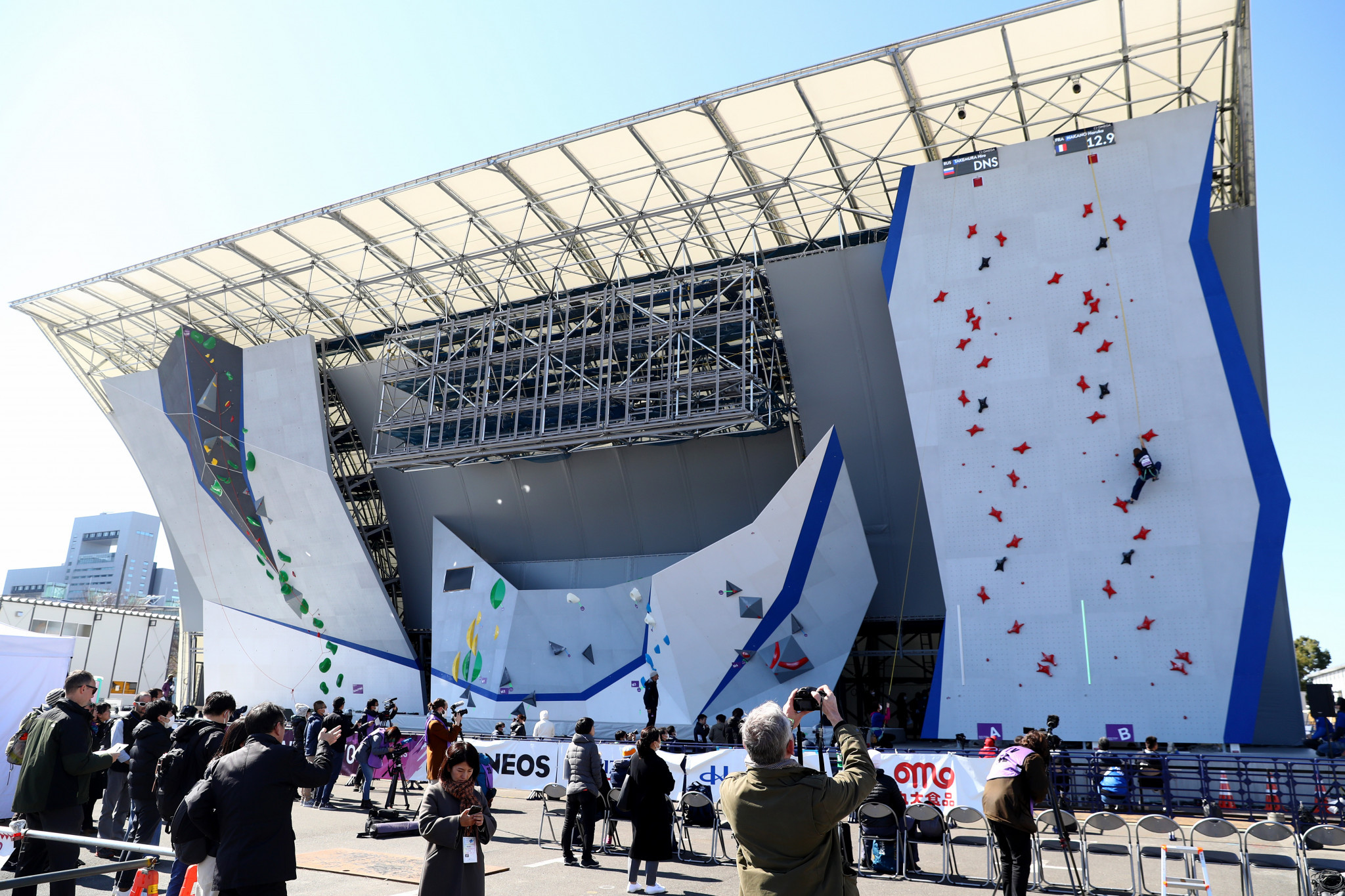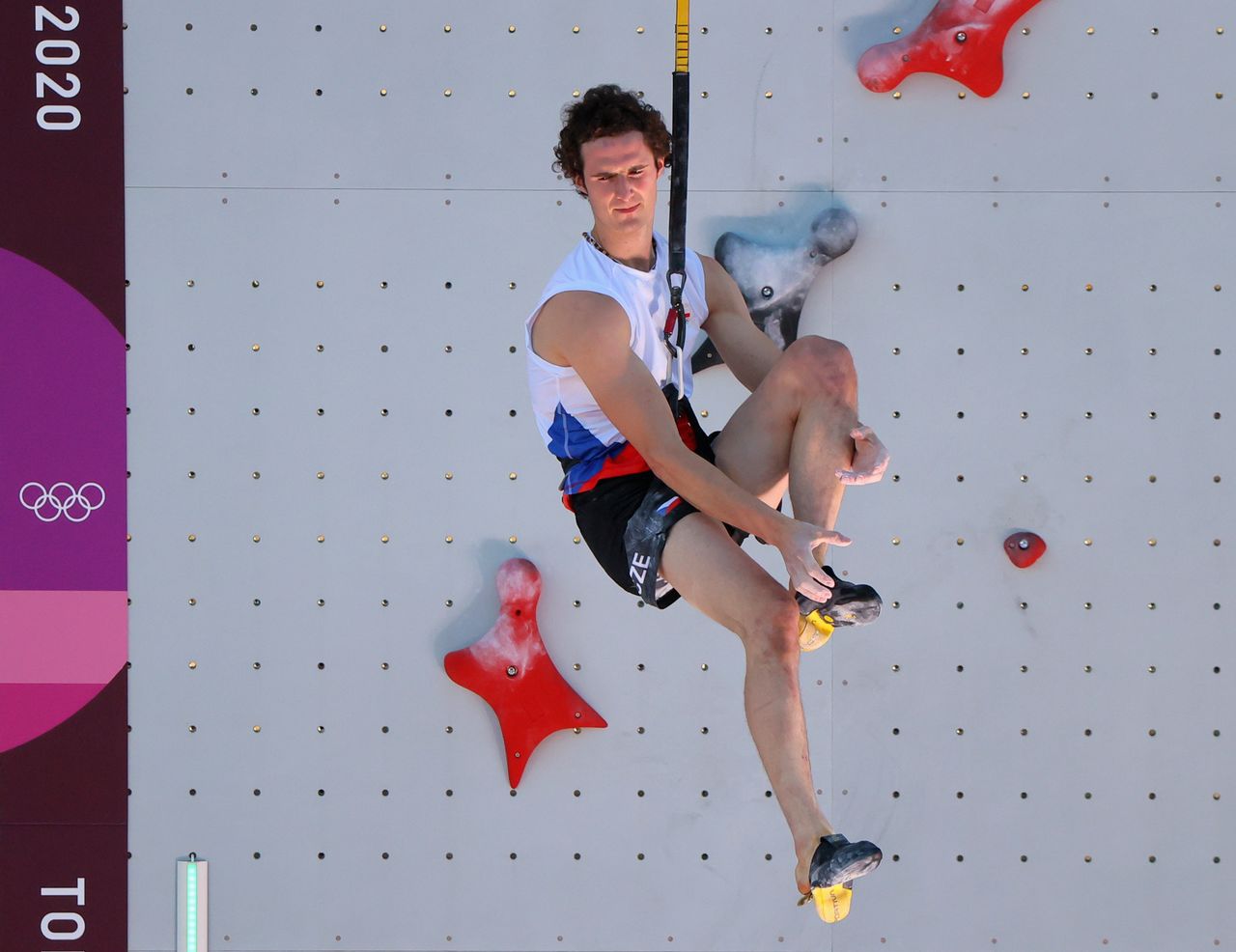The Rise of Sport Climbing in the Olympics

Sport climbing, a discipline that involves scaling artificial rock walls, has seen a meteoric rise in popularity, culminating in its inclusion in the 2020 Tokyo Olympics. This inclusion marked a significant milestone for the sport, propelling it onto the global stage and attracting a wider audience.
The History of Sport Climbing and its Inclusion in the 2020 Tokyo Olympics
Sport climbing has its roots in the 1980s, emerging from the practice of indoor climbing gyms. The sport quickly gained traction, with competitions and events springing up across the globe. The International Federation of Sport Climbing (IFSC) was established in 1997, unifying the sport and establishing international standards.
The IFSC’s tireless efforts to promote sport climbing, along with its growing popularity, eventually led to its inclusion in the 2020 Tokyo Olympics. This decision marked a historic moment for the sport, bringing it into the mainstream and exposing it to a vast new audience.
Challenges and Opportunities Presented by Combining Three Disciplines
The Olympic format for sport climbing combined three disciplines: lead climbing, bouldering, and speed climbing. This combination presented both challenges and opportunities for athletes and the sport itself.
Challenges of Combining Three Disciplines
- Athletes had to train and compete in three distinct disciplines, requiring a broad range of skills and physical abilities. This presented a challenge for athletes who might excel in one discipline but struggle in others.
- The combined format meant that athletes had to balance their training across all three disciplines, which could potentially limit their focus and development in any one area.
- The inclusion of speed climbing, a discipline that emphasizes speed and power, raised concerns about its compatibility with the more technical and strategic aspects of lead climbing and bouldering.
Opportunities of Combining Three Disciplines
- The combined format offered a more holistic view of the sport, showcasing the diverse range of skills and abilities required for success in sport climbing.
- The inclusion of speed climbing, with its fast-paced and exciting nature, added a new dimension to the sport, potentially attracting a wider audience.
- The combined format created a more balanced competition, with athletes needing to excel in multiple disciplines to succeed. This promoted a more well-rounded approach to training and competition.
The Impact of the Olympics on Sport Climbing’s Popularity and Global Reach, Sport climbing combined olympics video
The inclusion of sport climbing in the Olympics had a significant impact on the sport’s popularity and global reach.
Increased Popularity and Participation
- The global exposure provided by the Olympics led to a surge in interest in sport climbing, with more people taking up the sport and attending competitions.
- The Olympics also inspired a new generation of athletes, with young people seeing the sport on a global stage and being motivated to pursue it.
- The increased popularity of sport climbing led to the opening of new climbing gyms and facilities, providing more opportunities for people to access and participate in the sport.
Global Reach and Recognition
- The Olympics helped to elevate sport climbing to a global level, with athletes from around the world competing on the biggest stage.
- The inclusion of sport climbing in the Olympics also increased media coverage and attention, further raising its profile and attracting new fans.
- The Olympics also helped to promote sport climbing as a viable and exciting career path for aspiring athletes.
Key Features and Techniques of Sport Climbing: Sport Climbing Combined Olympics Video

Sport climbing, a dynamic and exhilarating discipline, involves ascending pre-set routes on artificial walls or natural rock faces. The key to success lies in understanding and mastering the unique features and techniques of each climbing discipline.
Lead Climbing
Lead climbing, the most challenging and demanding of the three disciplines, involves ascending a route with a rope attached to a belayer. The climber, leading the way, places protective gear called quickdraws into pre-installed bolts along the route.
Lead climbing demands exceptional strength, endurance, and strategic thinking. Climbers must carefully choose their footholds and handholds, maximizing their body position for optimal leverage and balance.
Bouldering
Bouldering, a popular and accessible form of sport climbing, involves climbing low-height, challenging routes without the use of ropes. Climbers rely on their strength, flexibility, and agility to complete routes, often involving dynamic moves and complex sequences.
Bouldering routes are typically set on artificial walls or natural rock formations, featuring a variety of holds and angles. Climbers often use a crash pad for protection, minimizing the risk of injury during falls.
Speed Climbing
Speed climbing, a test of pure athleticism and precision, involves climbing a standardized route as quickly as possible. The route, typically 15 meters high, is set with identical holds on both sides of a wall.
Speed climbers utilize specialized techniques, including dynamic moves, powerful footwork, and efficient transitions between holds, to minimize time. They train rigorously to develop explosive power, speed, and coordination, optimizing their performance for this high-intensity discipline.
Climbing Holds
Climbing holds are the crucial elements that define a route’s difficulty and character. They come in a wide variety of shapes, sizes, and materials, each requiring specific techniques and strategies for effective utilization.
- Jugs: Large, comfortable holds that offer ample grip and support, often used for resting or transitioning between moves.
- Crimps: Small, narrow holds that require a strong grip and precise finger placement, challenging climbers’ finger strength and endurance.
- Slopers: Smooth, rounded holds that offer minimal grip, requiring climbers to rely on friction and weight distribution for secure holds.
- Edges: Sharp, angled holds that require precise finger placement and strong grip, testing climbers’ finger strength and technique.
- Pinches: Holds that require two fingers to be placed on opposite sides, demanding both strength and coordination.
The placement and arrangement of holds on a route, known as route setting, play a crucial role in determining the route’s difficulty, flow, and overall character. Experienced route setters utilize a diverse array of holds to create engaging and challenging routes for climbers of all levels.
Analyzing Iconic Moments and Athletes

The Tokyo Olympics marked a historic moment for sport climbing, introducing the world to the exhilarating discipline and showcasing the incredible athleticism of its competitors. From the electrifying finals to the unexpected upsets, the event delivered a captivating blend of skill, strategy, and sheer grit.
Memorable Moments
The Tokyo Olympics witnessed several iconic moments that left a lasting impact on the sport.
- Janja Garnbret’s Dominance: The Slovenian climber, widely considered the best in the world, lived up to her reputation, claiming gold in the combined event with an impressive performance across all three disciplines. Her dominance in the lead climbing segment, where she completed the route with ease, solidified her position as a force to be reckoned with.
- Alberto Ginés López’s Historic Gold: In a thrilling turn of events, the Spanish climber, Alberto Ginés López, secured the first-ever Olympic gold medal in men’s combined sport climbing. His victory in the final round was a testament to his versatility and mental fortitude, overcoming a challenging boulder problem to claim the top spot.
- The Battle for Silver: The men’s combined competition saw a fierce battle for the silver medal between Adam Ondra, the reigning world champion, and Nathaniel Coleman, the American climber. Ondra, known for his exceptional strength and power, was challenged by Coleman’s agility and technical prowess. Ultimately, Coleman emerged victorious, securing a well-deserved silver.
Comparing Athlete Styles
The sport climbing competition highlighted the diverse approaches and strengths of top athletes.
- Janja Garnbret: Known for her exceptional technique, power, and precision, Garnbret exhibits a smooth and controlled climbing style. She excels at finding efficient moves and executing them with remarkable accuracy.
- Adam Ondra: A powerhouse in the sport, Ondra is renowned for his brute strength and ability to tackle challenging routes. His climbing style is characterized by explosive movements and a fearless approach to difficult sections.
- Nathaniel Coleman: Coleman’s strength lies in his agility, technical skills, and problem-solving abilities. He demonstrates a fluid and adaptable climbing style, often finding creative solutions to complex moves.
- Alberto Ginés López: López’s climbing style is a blend of power, technique, and mental toughness. He is known for his ability to stay calm under pressure and adapt his approach to different disciplines.
Medal Winners and Achievements
| Rank | Athlete | Country | Discipline | Medal |
|---|---|---|---|---|
| 1 | Janja Garnbret | Slovenia | Combined | Gold |
| 2 | Miho Nonaka | Japan | Combined | Silver |
| 3 | Akiyo Noguchi | Japan | Combined | Bronze |
| 1 | Alberto Ginés López | Spain | Combined | Gold |
| 2 | Nathaniel Coleman | USA | Combined | Silver |
| 3 | Adam Ondra | Czech Republic | Combined | Bronze |
If you’re into watching the best climbers go head-to-head, then you need to check out some of the amazing sport climbing combined Olympics videos. They show the insane athleticism and strategy that these athletes bring to the competition. And if you’re curious about how athletes are qualifying for the Paris 2024 Games, you can learn more about the qualification process here: climbing olympics 2024 qualifying.
These videos will give you a real taste of what to expect at the Olympics, so get ready for some epic climbs!
Watching the sport climbing combined Olympics video, you can’t help but feel the adrenaline rush! The climbers are so strong and agile, it’s incredible to watch. After all that excitement, I can imagine curling up in a comfy small brown leather chair with a warm drink and rewatching the best moments of the competition.
The video really captures the essence of the sport, and it’s definitely something you should check out if you’re looking for some inspiration.